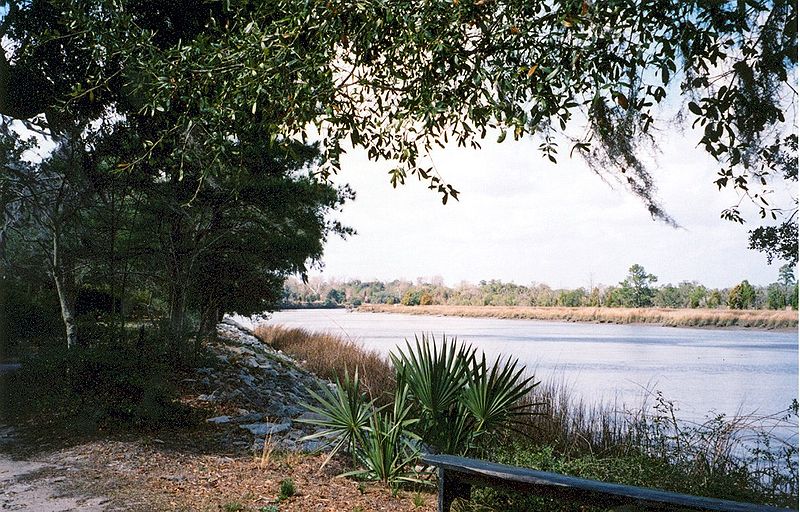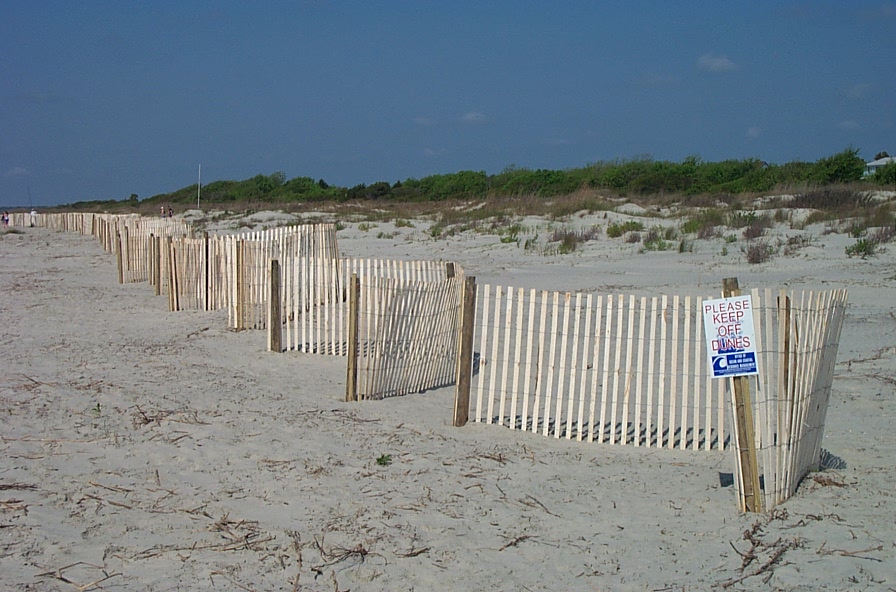
Ashley Scenic River Event
Background
The Ashley River was designated a State Scenic River by the South Carolina General Assembly in 1998 and 1999. The scenic designation extends 22 river-miles from Highway 17-A at Sland's Bridge near the Town of Summerville to the crossing of Interstate-526, the Mark Clark Expressway. With this designation the Ashley River became part of a program established by the SC Scenic Rivers Act of 1989, the purpose of which is to protect unique and outstanding river resources throughout South Carolina. To accomplish this purpose, the act provides for a voluntary, cooperative river management program to be administered by the SC DNR (South Carolina Department of Natural Resources), a program that enables landowners, community interests, and the SCDNR to work together toward common river conservation goals. The Ashley Scenie River Advisory Council, in partnership with SCDNR, created the Ashley Scenic River Management Plan. This plan serves as a guide for ongoing program activities of the advisory council and the SCDNR for the Ashley Scenic River. The plan reflects public values, concerns, and desires for the river; it also defines problems and opportunities and advocates goals and recommendations.
The four management goals address (1) water quality, (2) recreational use and access, (3) preservation and conservation, and (4) land management and developement.
Ashley Scenic River Event:
Charleston Soil & Water Conservation District is a member of the Ashley Scenic river Event Advisory Council and a major sponsor of their annual event. Each year an event is held to bring awareness to the Scenic River concerns. Charleston Conservation District, along with Dorchester Conservation District and SCDNR has been major sponsors of the last five annual events and have provided an outdoor cookout at the events. The 5th Annual event, "Ides on the Ashley River", was held October 15th at Charles Towne Landing, Founder's Hall, provided local landowners and other River advocates information provided from speakers, along with informational booths and displays with program information available. Water Quality and the protection of the buffers along the Ashley River are high priority concerns of District and we support The Ashley River Council by assising them with the annual event.
Joint partnerships with the Ashley Scenic River Advirosy Council, Charles Towne Landing, SC State Parks, and SC Department of Natural Resources made this event a great night for all. Charleston Conservation District provided a wonderful outdoor hotdog cookout with our very own Commissioners, Mickey Floyd and John Smoak, volunteering their talents as chefs! Charleston Conservation District is happy to be a part of this This locally-led conservation group pursues goals through partnerships, outreach, and river advocacy.
The Ashley Scenic River Council meets the third Wednesday of each month, 3:00PM, at the Dorchester Library.
Dunes Restoration Project - Adopt-A-Dunes

On September 21, 1989 Hurricane Hugo devastated the coast of South Carolina, packing winds of 140 MPH and a storm surge of 20 feet in height, the category 5 (on a scale of 1-5) storm attacked the State with a fury that had not been seen in over 100 years. The resultant damage was over $5 billion dollars. In many areas the high winds and storm surge completely destroyed the primary dunes systems that protects the South Carolina coast. Projects that re-built and stabilized the dunes were completed in 1990. Stabilization consists of erecting sand fencing and planting various dune grasses. Total cost in Charleston County was $230,000.
In 1992 a survey of dunes in Charleston County revealed that over half of the fencing and grasses had been damaged or destoyed. The Charleston Soil and Water Conservation District and the Natural Resources Conservation Service of the U.S. Department of Agriculture jointly initiated the Adopt-A-Dune Program whereby the volunteer citizens "adopted" specific areas of damaged dunes. They repaired damaged and replaced destroyed fencing as well as replanting vegetative covering.
The objectives of the on-going project are two-fold: (1) to protect and maintain the dune systems that protect the barrier island s which, in turn, protect the mainland from the ravages of an open sea, and (2) give a sense of responsibility to citizen volunteers of the region that they have a personal stake in the preservation of this natural resource.
It has been successful from the very beginning for it has resulted in the natural buildup of new dune lines that protect the islands from storm tides. The economic benefits are readily apparent when one considers the cost of repairing the damages to the island if the dunes were not im place. The feeling of responsibility experienced by the volunteers has contributed immensely to their self-esteem - "these dunes protect us - and I am helping protect the dunes." Isn't this an excellenct example of what life is all about?
(Note: This project has won a national award two consecutive years from the National Awards Council for Environmental Sustainability.)
If you would like to become an Earth Team Volunteer, contact Debbie Eckard at 843-727-4160 x 3 or email at debbie.eckard@sc.nacdnet.net